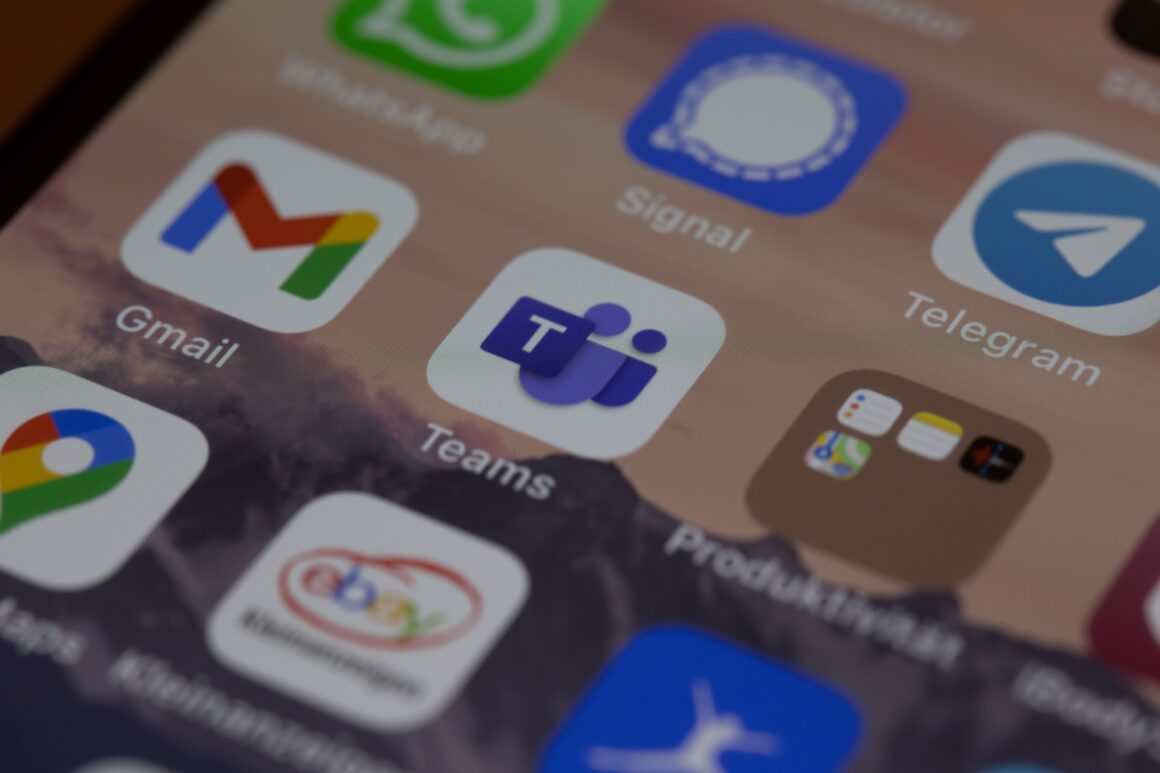Video conferencing has emerged as an essential means for teams to maintain their sense of connection as the practice of working remotely becomes increasingly common. On the other hand, fixating on the same backdrop and image of oneself over and over again might get tedious. Microsoft Teams has added a new tool known as video filters with the intention of livening up online conferences.
Users of Microsoft Teams have the ability to employ video filters to eliminate distracting elements from their video stream and replace them with one-of-a-kind effects. The filters are available in a wide variety of formats, ranging from color-shifting colours to animated styles. Before joining a meeting, users may pick and apply these filters on the desktop version of Microsoft Teams on Windows 11 and macOS by clicking the “more video effects” option. During the meeting itself, users can select and apply these filters by clicking the “more video effects” option. The filters are made possible by artificial intelligence as well as the architecture of the Teams Platform, and additional filters are going to be implemented very soon.
Using the Microsoft Teams admin panel, admins have complete control over the functionality, allowing them to enable or disable it as necessary to protect users’ privacy. It is important to note, however, that people utilizing Teams in educational settings do not currently have access to the aforementioned capability.
Microsoft Teams is not content to offer only a variety of video filters. The development of support for spatial audio is another project that the firm is working on. This feature is supposed to improve the quality of the conference experience by making it sound more realistic and as though the participants are all in the same room together. Later in the month of May, this capability will be added to the desktop application for Microsoft Teams.
Virtual meetings have the potential to become more interesting, creative, and even entertaining when Microsoft Teams video filters are used. The filters give teams a new method to exhibit their personalities and creativity in a variety of settings, such as business meetings and virtual happy hours. Features such as these will be able to assist teams in remaining connected, actively engaged, and productive as remote work becomes increasingly common.
